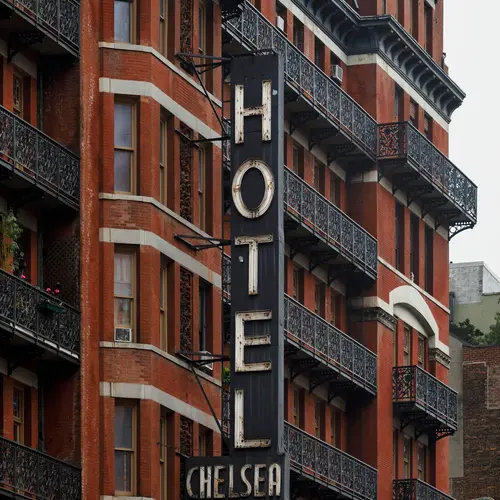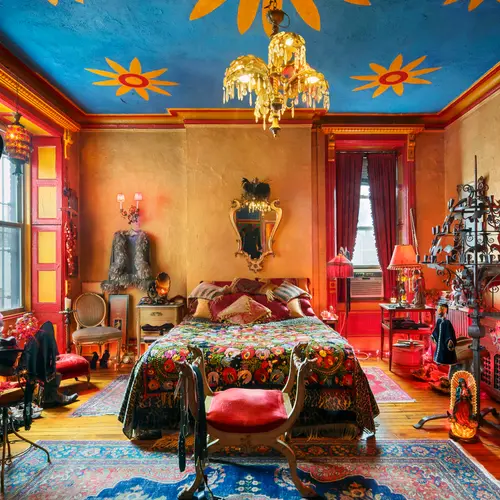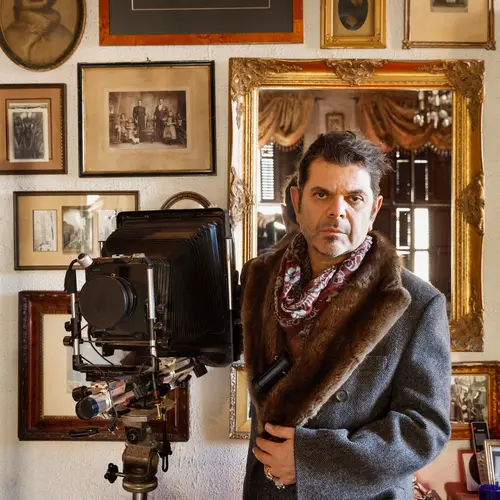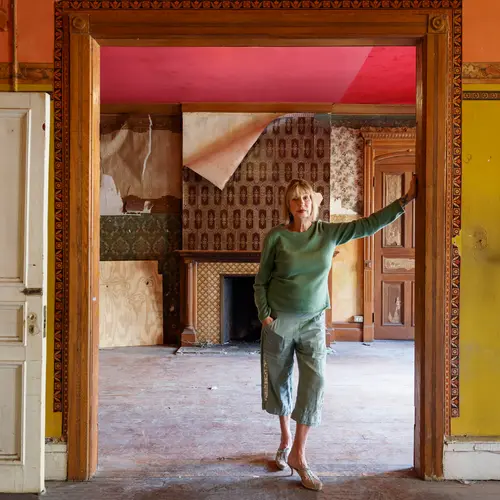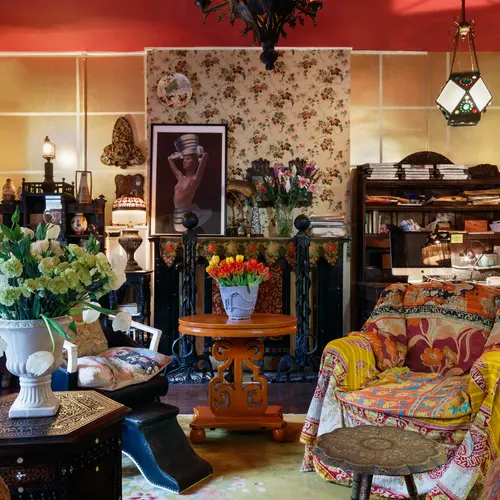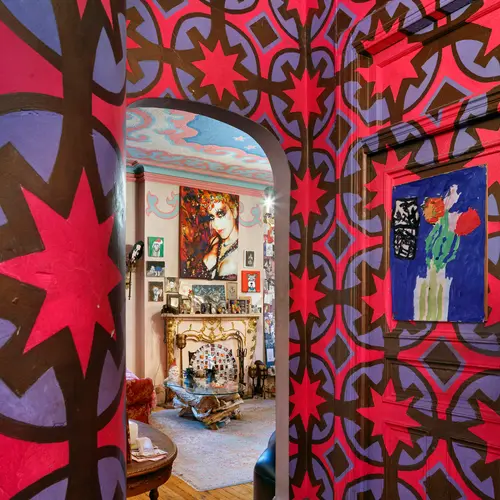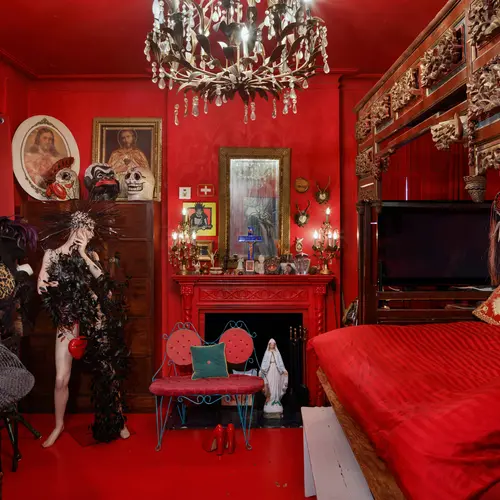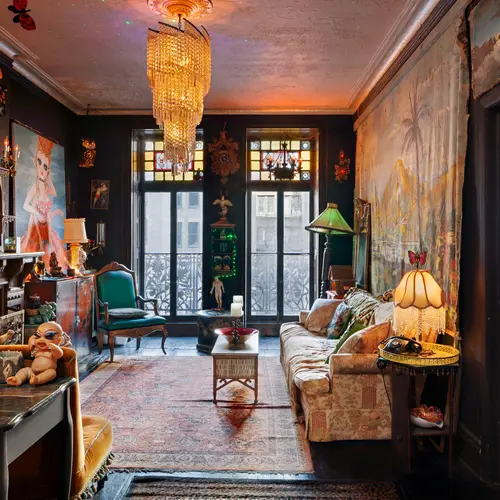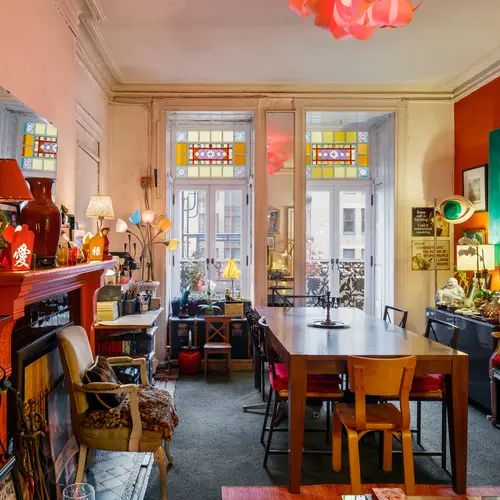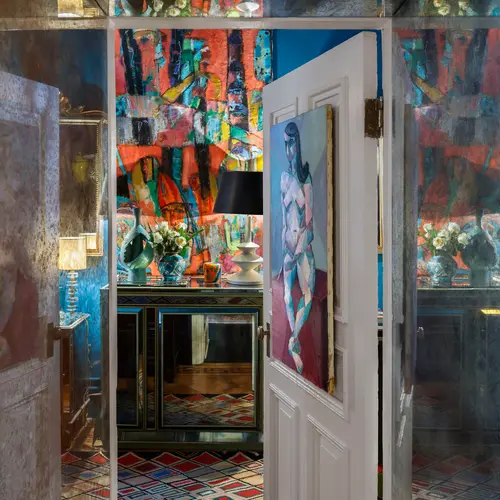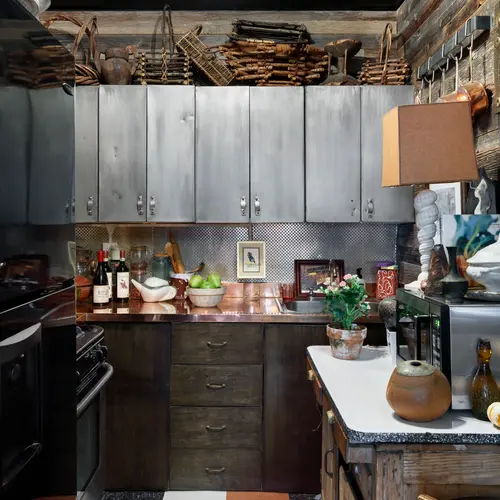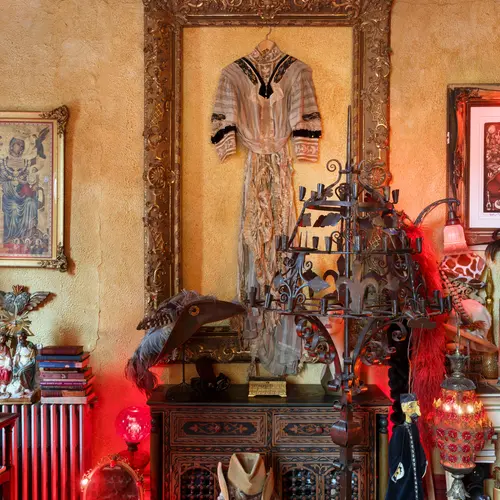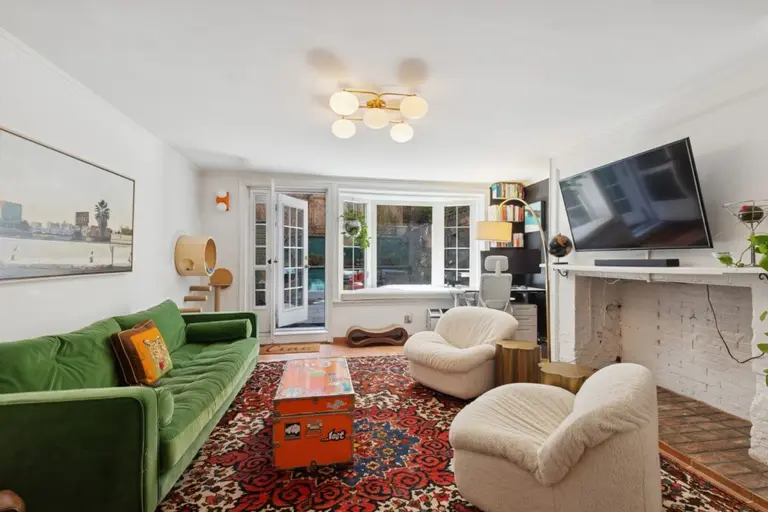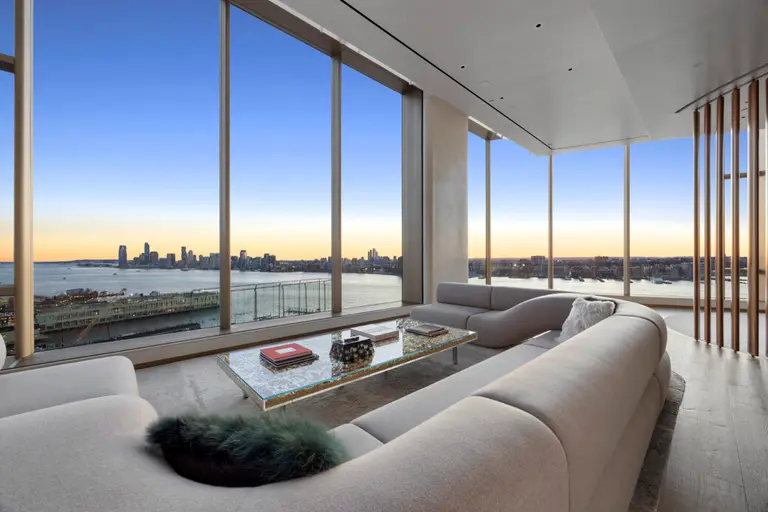Get a rare look inside the homes of the Chelsea Hotel’s last residents
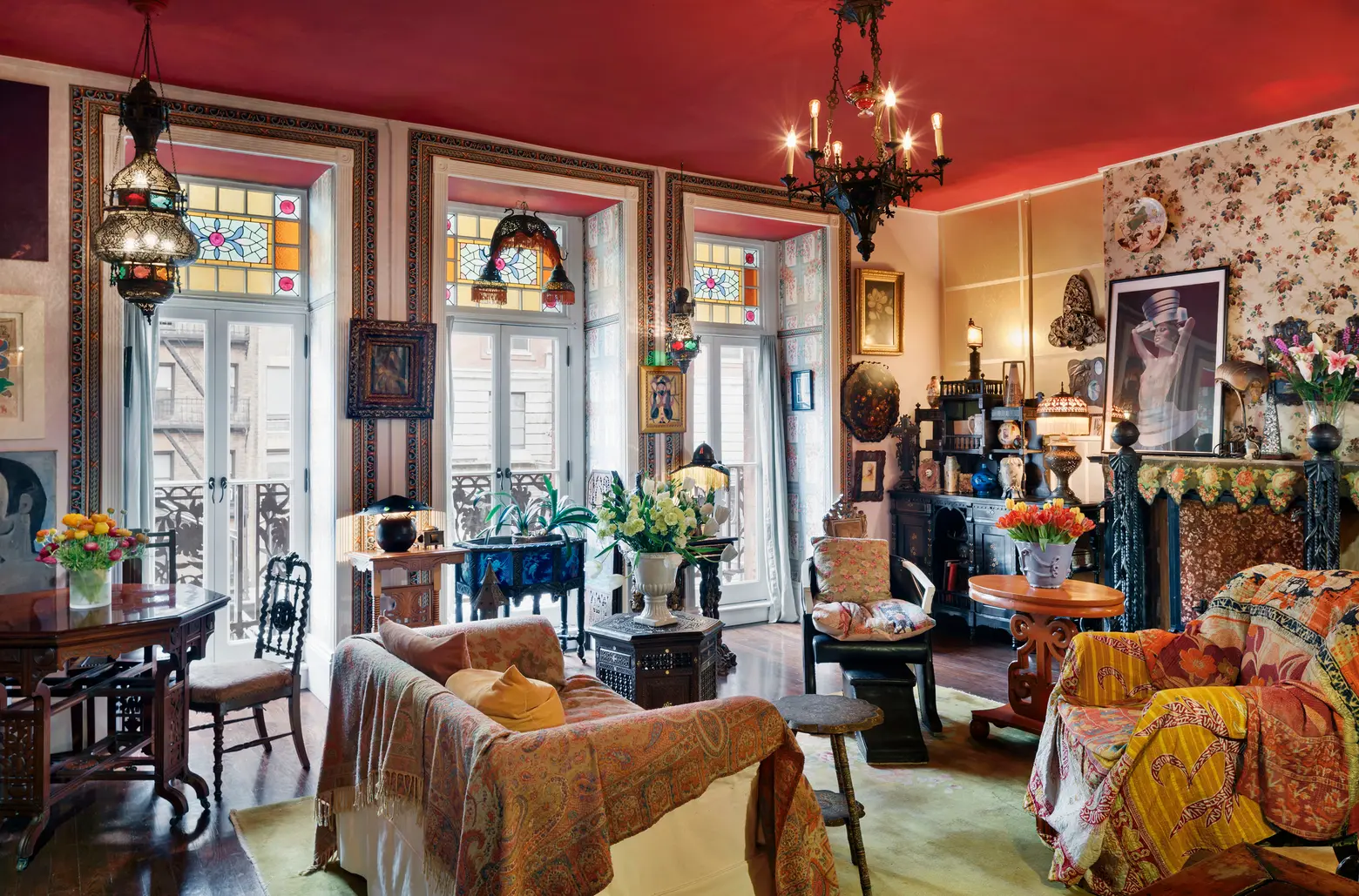
The home of Suzanne Lipschutz, owner of antiques store Secondhand Rose. All Images by Colin Miller; courtesy of The Monacelli Press
Despite ongoing legal conflicts and stalled plans to convert the storied structure into a luxury hotel, the Chelsea Hotel remains one of the city’s legendary landmarks. Hotel Chelsea: Living in the Last Bohemian Haven, a new book published last month by The Monacelli Press, documents the homes of nearly two dozen current residents (there are about 50-60 remaining residents in total) who still embody the bohemian spirit of the Gilded Era hotel that was once home to seminal figures like Jackson Pollock, Andy Warhol, Patti Smith, William S. Burroughs, and Thomas Wolfe.
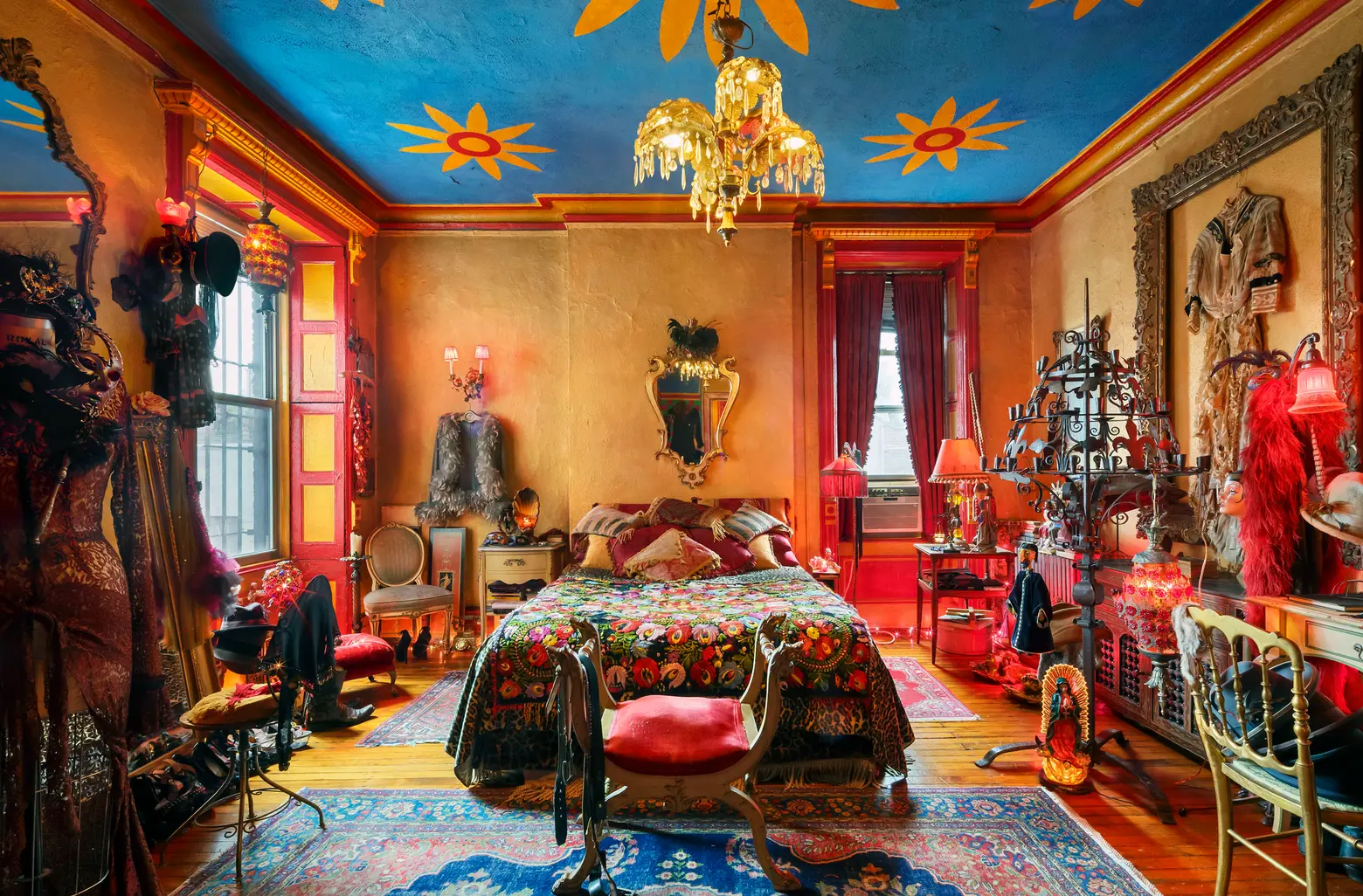 Photographer Tony Notarberardino’s colorful bedroom is filled with collected antiques.
Photographer Tony Notarberardino’s colorful bedroom is filled with collected antiques.
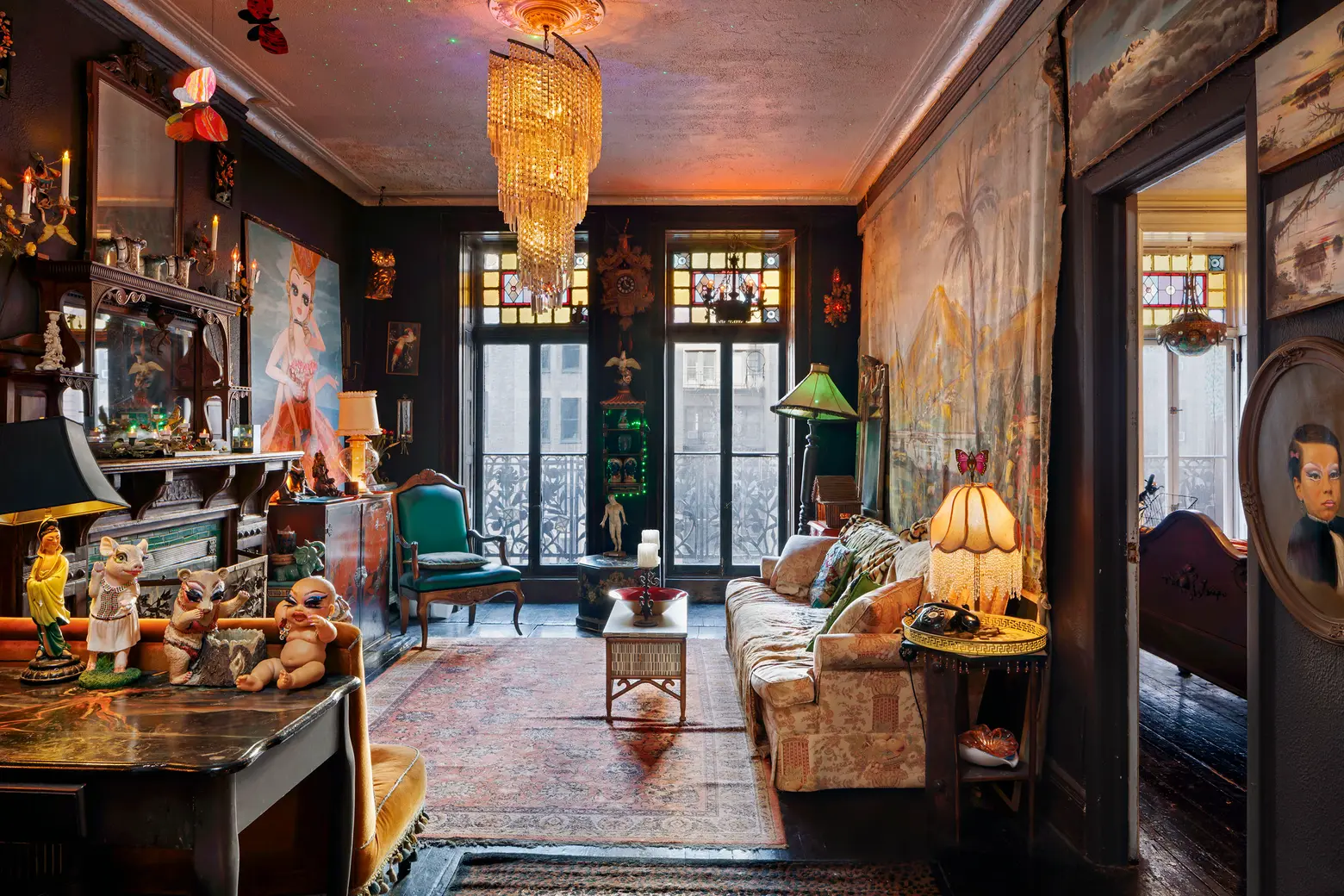 The home of television producer Steve Willis, who has lived in his fourth-floor room in the Chelsea Hotel—once home to Janis Joplin—since 1994.
The home of television producer Steve Willis, who has lived in his fourth-floor room in the Chelsea Hotel—once home to Janis Joplin—since 1994.
Photographer Colin Miller spent four years tracking down the building’s remaining residents—which include hair stylist Gerald DeCock, artist Sheila Berger, event producer Susanne Bartsch, and filmmaker and photographer Tony Notarberardino.
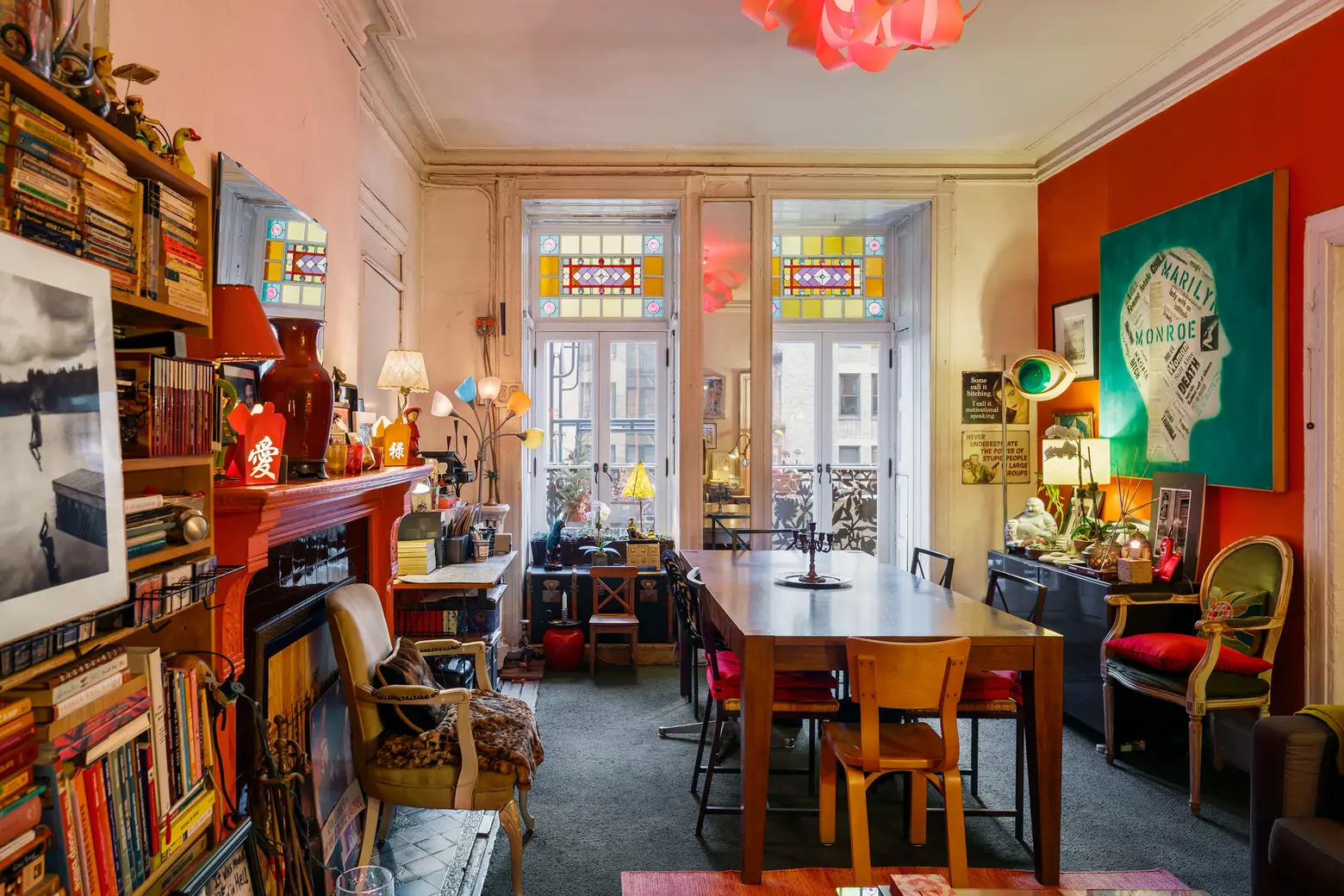 The home of resident Man-lai Liang
The home of resident Man-lai Liang
Alongside immersive images of their creative, maximalist spaces are detailed biographies of each resident by writer Ray Mock. “It’s not a eulogy,” Mock told the New York Times about the book’s intention. “It’s a document of a living building and the people who are making it their own.”
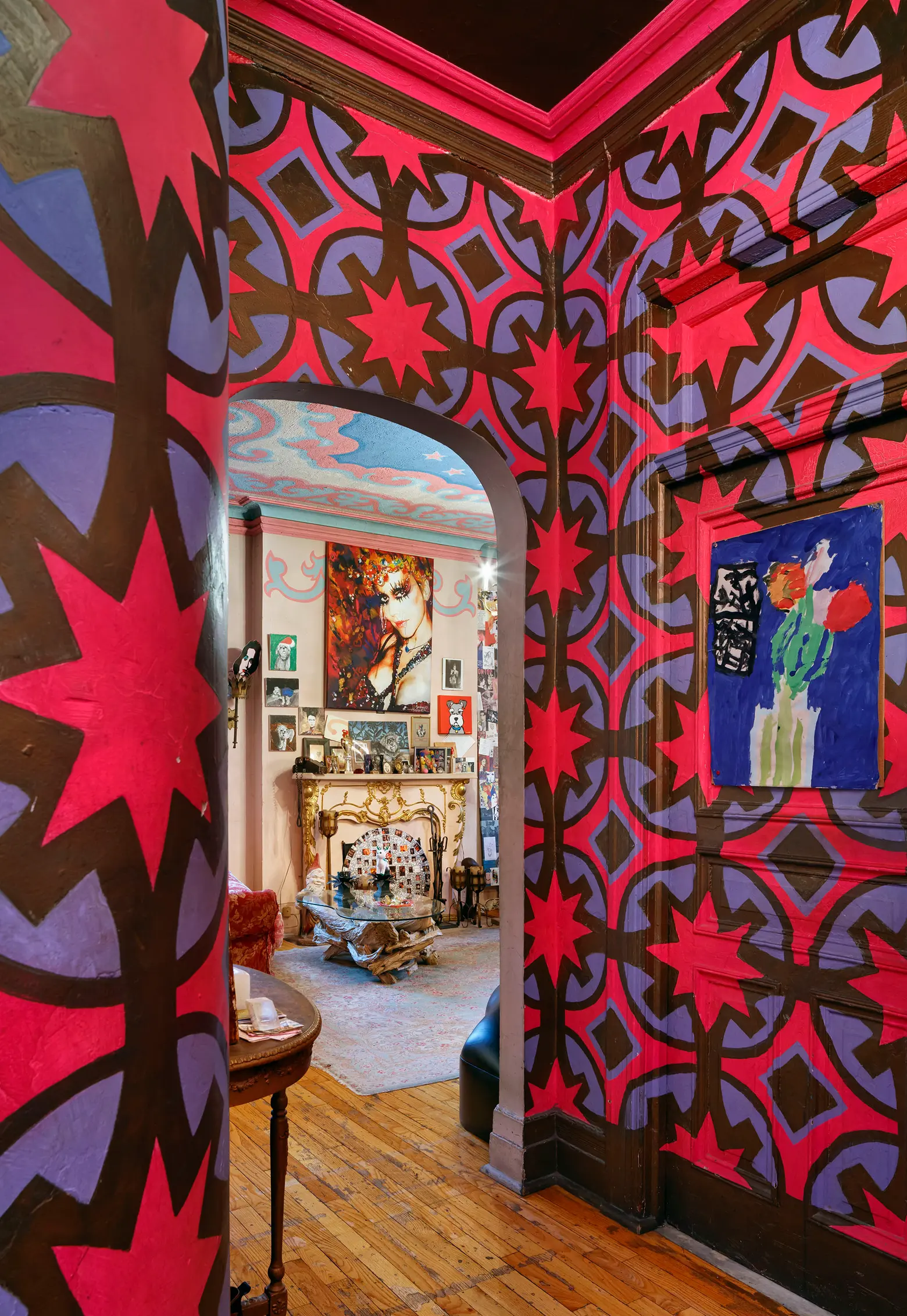
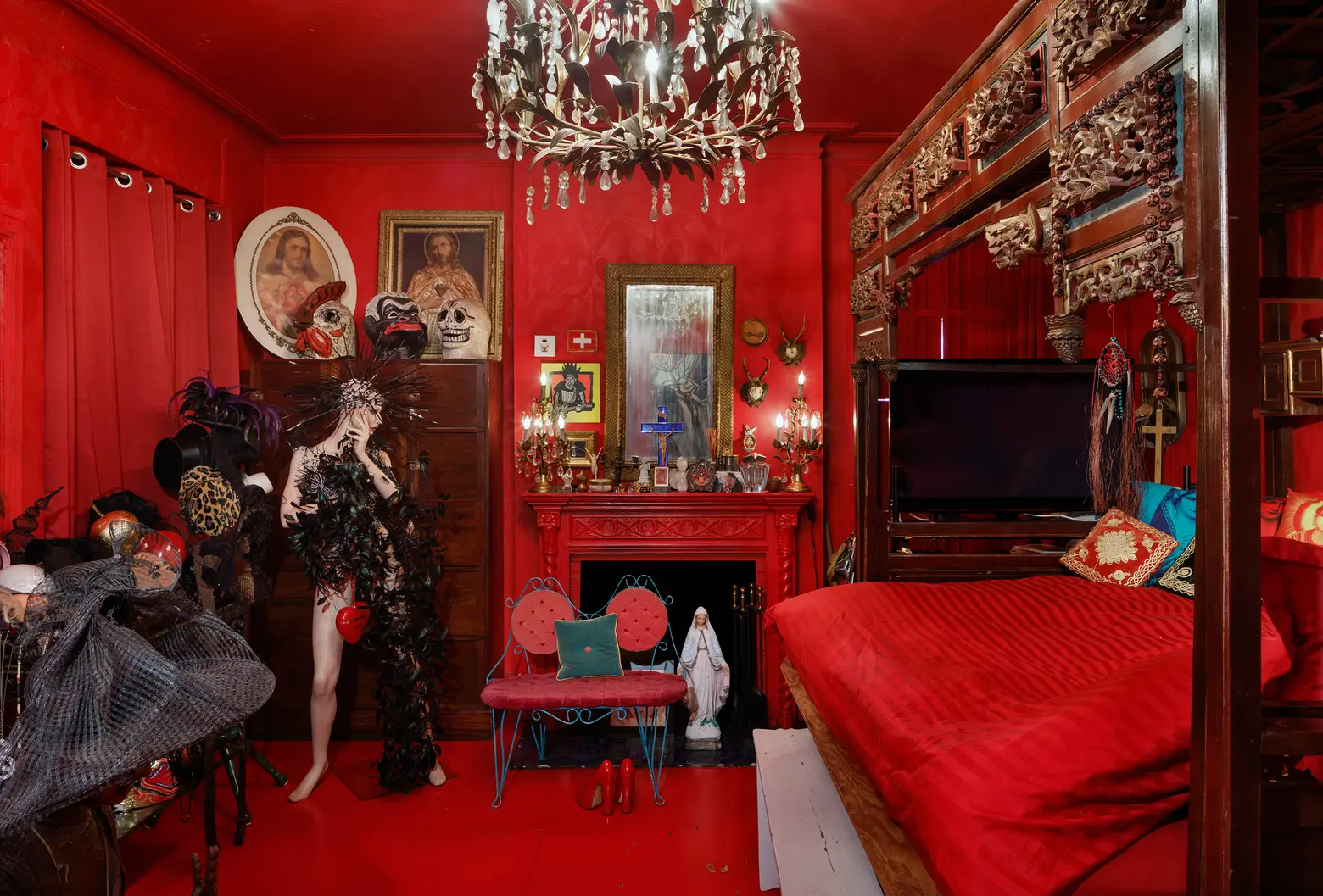 Instead of moving out of the Chelsea Hotel, event producer Susanne Bartsch expanded from one apartment to four.
Instead of moving out of the Chelsea Hotel, event producer Susanne Bartsch expanded from one apartment to four.
The Chelsea Hotel—for a time the tallest building in the city— first opened its doors in 1884 as a housing cooperative and was later transformed into a hotel. In 2011, the landmarked property was sold to a developer and has changed hands several times since then. Residents have become accustomed to living in a never-ending construction zone as plans for the building’s future keep changing. As the Times noted, this volume serves as a testament to the building’s resilience. “The Chelsea’s bigger than anybody,” Notarberardino says. “It’s going to outlive everybody.”
RELATED:
- Our 220sqft: This couple has made it work for 24 years in a Chelsea Hotel SRO
- INTERVIEW: Author Ed Hamilton on how the Chelsea Hotel inspired personal stories of gentrification
- New York in the ’60s: When Chelsea Apartments Were $111 a Month
Images by Colin Miller; courtesy of The Monacelli Press
